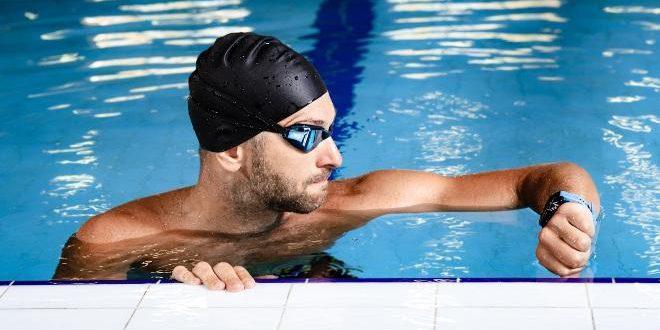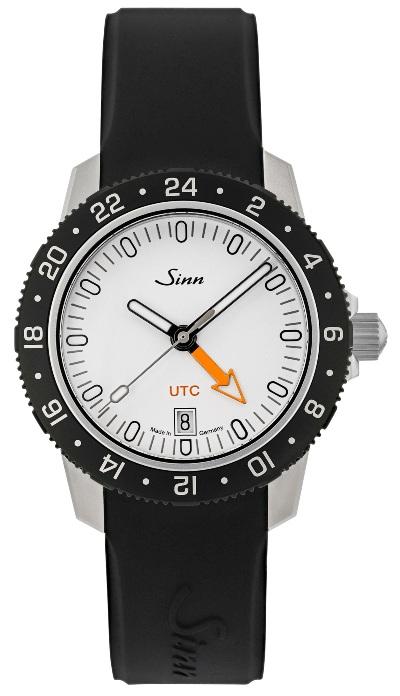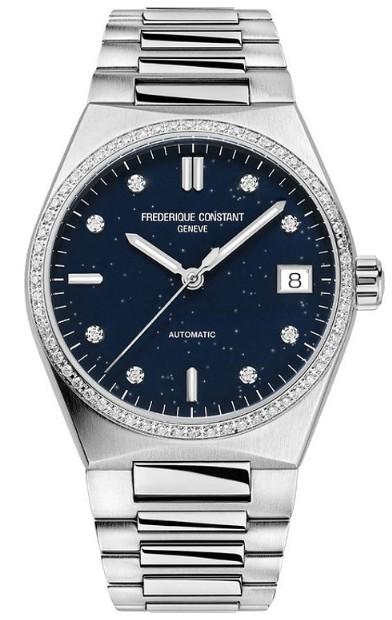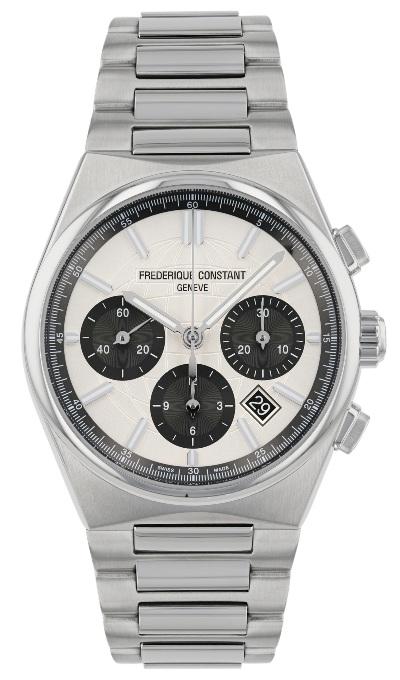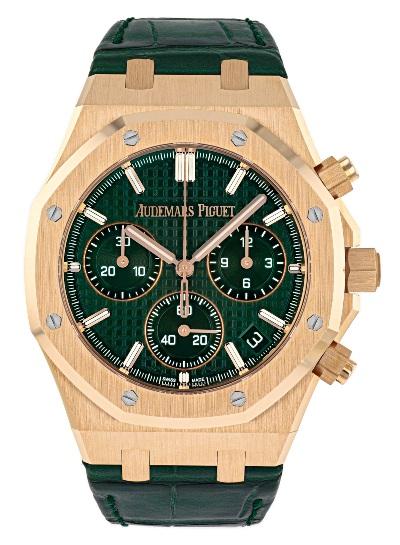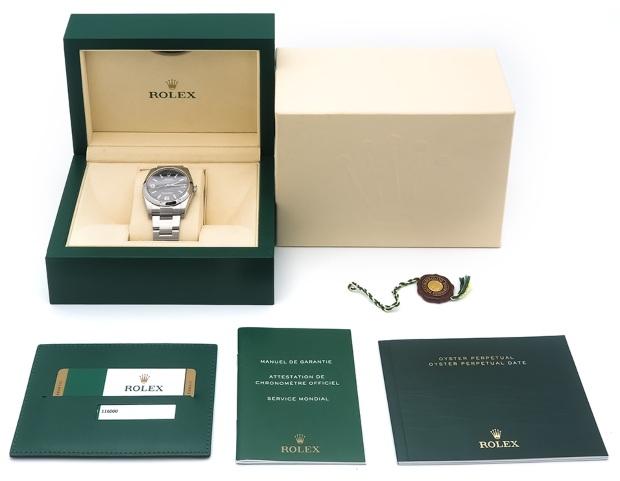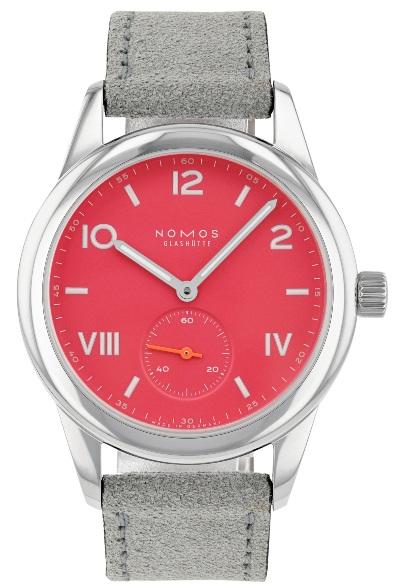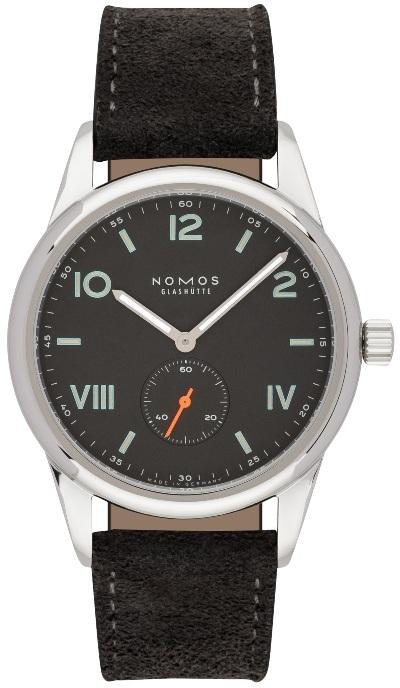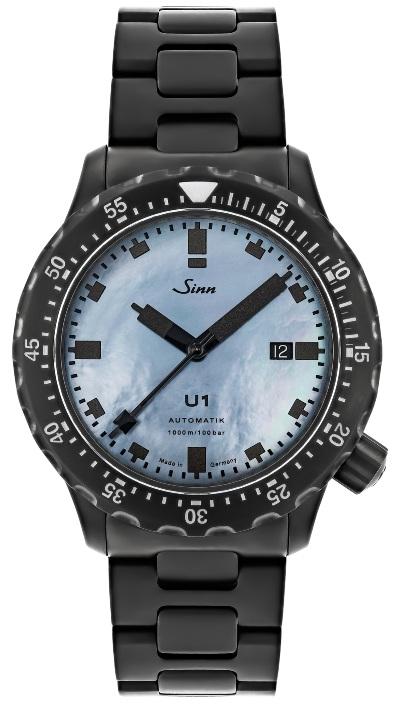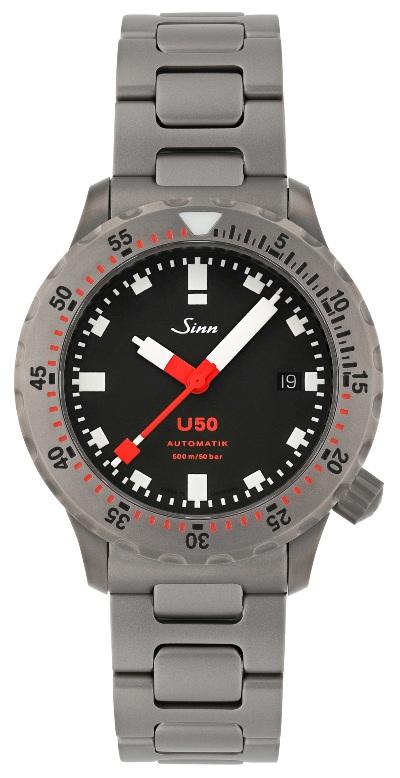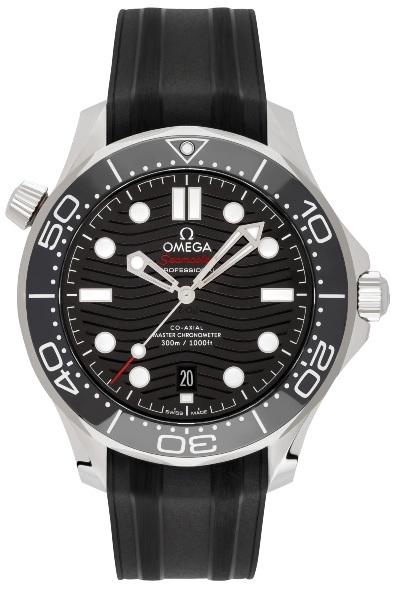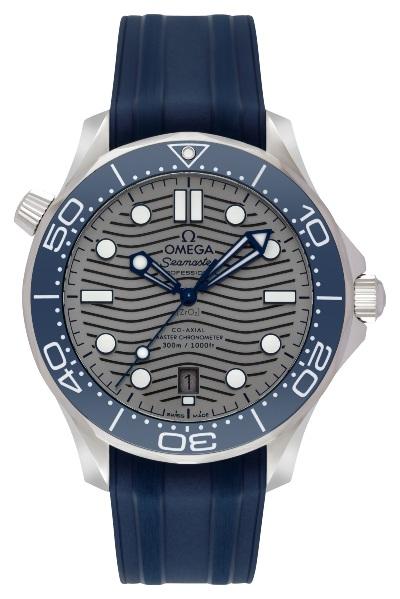« What do bar, meter and ATM mean? »
When watch manufacturers specify water resistance, three units of measurement compete with each other. Laypeople also justifiably question this: Isn’t it irrelevant for everyday life that you could dive down to 100 meters if the watch is water-resistant to 10 or just 5 ATM, for example? A little basic knowledge provides the “aha” effect and a feeling for which water resistance suits your personal lifestyle.
Proof of love for the movement – protection against water pressure
If a movement gets wet, it is at least damaged. If high pressure causes the case glass to open or the movement components to move out of position, the timepiece is destroyed. These facts suggest that wristwatches should always be designed to be waterproof. Special design concepts and materials are used to prevent moisture from penetrating the inside of the case. Inexpensive fashion watches that are advertised as water-resistant leave it at that. They don’t immediately give up the ghost when they meet a few raindrops, but remain extremely water-resistant.
The higher the water column, the greater the weight that is exerted on the watch and the waterproofing measures. The water resistance therefore correlates with the pressure resistance, which is determined by standardized test procedures. The measuring unit “atmosphere” is a suitable way of communicating the test results, which is used as an abbreviation in the manufacturer’s statement “5 ATM waterproof” and is widely used in product descriptions.

The focus of the measurements: Pressure loads due to water columns
In science, “ATM” is considered obsolete. The preferred unit for physical pressure is “bar”, which refers to the ancient Greek word “barýs” (heavy). From a layman’s perspective, the measurement terms refer to the same thing: if an object is immersed 10 meters deep in water, it is subjected to a weight of around 1 kilogram per square centimetre – by the column of water above it.
If a wristwatch can withstand the force of 50 m water depth, it is therefore water-resistant to 5 bar or 5 ATM. Incidentally, not only overpressure can lead to movement damage or cracking of the watch glass, but also underpressure. Special watches for air forces must therefore offer a high level of vacuum resistance.
Watch brands tend to talk about water resistance to a certain diving depth in meters. The layman’s misconception is inevitable: the product characteristic has no meaning if you never wear Masterpieces for water sports. The concise expert objection is: But it does!
Forward-looking feature for everyday companions – Are 5 ATM water-resistant?
If the pipe system is perfectly adjusted, the water flows out of the tap at 2 to 3 bar. However, it is not unusual for it to splash or burst out with more force due to a lack of pressure. If you want to be on the safe side, only trust timepieces that are water-resistant to 5 ATM when washing your hands. The same applies if you are surprised by heavy rain showers during a walk.
Many elegant masterpieces are limited to this protective factor because they are intended more for everyday business or special occasions. Watch out: The men’s models in a watch family are often water-resistant up to 10 ATM and the women’s versions only up to 5 ATM – for example, the Alpine Eagle sports collection from watch manufacturer Chopard and the classically elegant Frederique Constant Highlife everyday watches.
Elegance vs. waterproofness
Provisions for sealing the case take up space and, depending on their extent, have a minimal to strong influence on the design. In the case of jewelry watches or complicated manufacture watches, there is – to put it bluntly – no room for this, which is why they are often only water-resistant to 3 ATM. The protection factor is sufficient for the effect of moisture in the event of rain splashes or sweating. Otherwise, contact with water should be avoided. A popular example is the Royal Oak from Audemars Piguet. The classic versions of this legendary sports watch are water-resistant to 5 ATM, while the Grande Complication Editions are only protected to 20 meters.
Advisable for many leisure activities – 10 ATM water-resistant or special watches
Although you do not dive deep into the pool when swimming, your body movements force the weight of the pool water onto the watch case. According to tests, it is roughly comparable to a water column of 100 meters. Anyone who enjoys varied leisure activities therefore needs a wristwatch that is water-resistant to at least 10 ATM. This means you don’t necessarily end up with the sports collections. In keeping with its pioneering role in terms of water resistance, it is the brand standard that the Rolex collections are water-resistant to at least 10 ATM. The same applies to its sister brand Tudor.
If you want a youthfully elegant automatic watch with the same resilience, take a look at the Nomos Club Campus.
100-meter waterproofness for snorkeling
In principle, a 100-meter waterproofness is also sufficient for snorkelling or smaller diving activities. However, the forces of jerky movements and variable immersion depths can add up. Therefore, robust sports watches that are not only water-resistant to 10 ATM but can withstand 20 bar are more suitable for active vacations by the sea.
Similarly, other leisure preferences need to be taken into account, for example the voluntary fire department. The operating pressure of fire hoses is usually 17 bar. Volunteer firefighters therefore like to wear diving watches or special tool watches with high water resistance and temperature resistance – for example from Sinn.
Related, but not the same – water sports watches and dive timers
If a timepiece is water-resistant up to 10 ATM, it is not automatically suitable for diving expeditions 100 meters below the surface of the sea. The measurement result only refers to the pressure resistance, while other stresses are not taken into account by manufacturers of certified diving watches. The sealing materials in particular must be resistant to salt water and suitable for a wide range of temperatures. The duration of the underwater expedition is also relevant for the functionality.
When saturation diving, it must be borne in mind that helium molecules that have penetrated the watch can exert pressure from the inside. This danger is averted by the helium valve, which opens automatically on many Prof-Tool watches if the pressure inside the case becomes too high. The sporty Seamaster Diver 300 M and professional Planet Ocean 6,000 m from the Omega Seamaster family, for example, were developed specifically for underwater adventures.
Caution: waterproof today, water-protected tomorrow and eventually water-shy
If a premium brand guarantees that its watch models are water-resistant to 10 ATM, you can initially rely on this. After that, watch care determines whether it stays that way. Chemicals in household cleaners can attack sealing components just as much as sweat or salty seawater. It is important to clean watches after such contact.
Various environmental influences impair the effectiveness of sealing materials with the quintessence that the 10 ATM wristwatch is at some point only water-resistant to 5 ATM and ultimately completely unprotected. For this reason alone, regular maintenance should not be avoided and should only be carried out by qualified experts. The same applies to changing the batteries in quartz timepieces, because if this is not done properly, the water resistance will disappear into thin air.
 Uhrinstinkt Magazine
Uhrinstinkt Magazine
